
AllQuestion and Answers: Page 1002
Question Number 119646 Answers: 0 Comments: 1

Question Number 119645 Answers: 1 Comments: 1
Question Number 119644 Answers: 5 Comments: 0
Question Number 119636 Answers: 1 Comments: 0
Question Number 119635 Answers: 1 Comments: 0
Question Number 119634 Answers: 2 Comments: 0
Question Number 119629 Answers: 1 Comments: 0
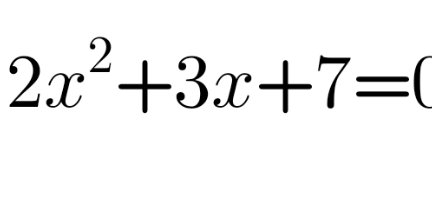
Question Number 119618 Answers: 1 Comments: 0
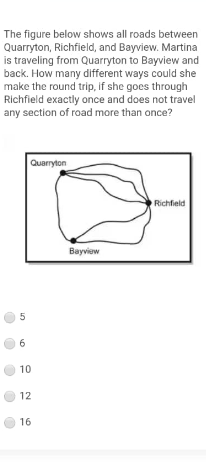
Question Number 119611 Answers: 0 Comments: 0

Question Number 119600 Answers: 2 Comments: 0
Question Number 119588 Answers: 1 Comments: 0

Question Number 119580 Answers: 3 Comments: 0
Question Number 119576 Answers: 2 Comments: 0
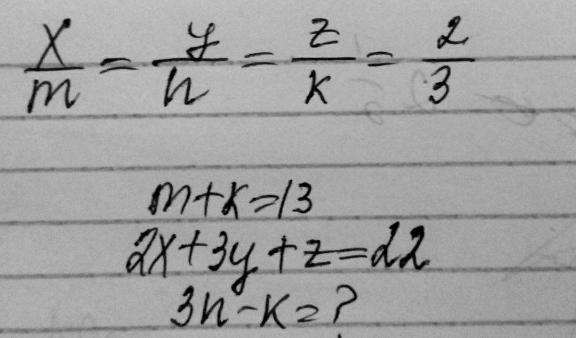
Question Number 119575 Answers: 1 Comments: 0
Question Number 119572 Answers: 0 Comments: 3
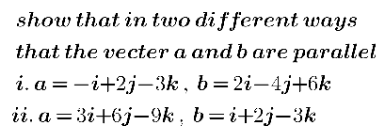
Question Number 119570 Answers: 3 Comments: 0
Question Number 119567 Answers: 1 Comments: 0
Question Number 119591 Answers: 0 Comments: 6
Question Number 119565 Answers: 2 Comments: 1

Question Number 119564 Answers: 0 Comments: 0
Question Number 119548 Answers: 1 Comments: 2

Question Number 119540 Answers: 1 Comments: 0

Question Number 119538 Answers: 1 Comments: 1

Question Number 119529 Answers: 3 Comments: 7

Question Number 119524 Answers: 1 Comments: 0
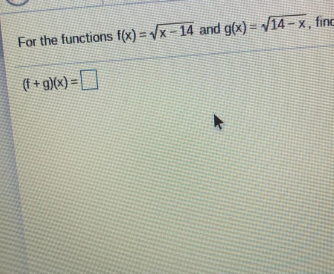
Question Number 119517 Answers: 2 Comments: 0
Pg 997 Pg 998 Pg 999 Pg 1000 Pg 1001 Pg 1002 Pg 1003 Pg 1004 Pg 1005 Pg 1006
